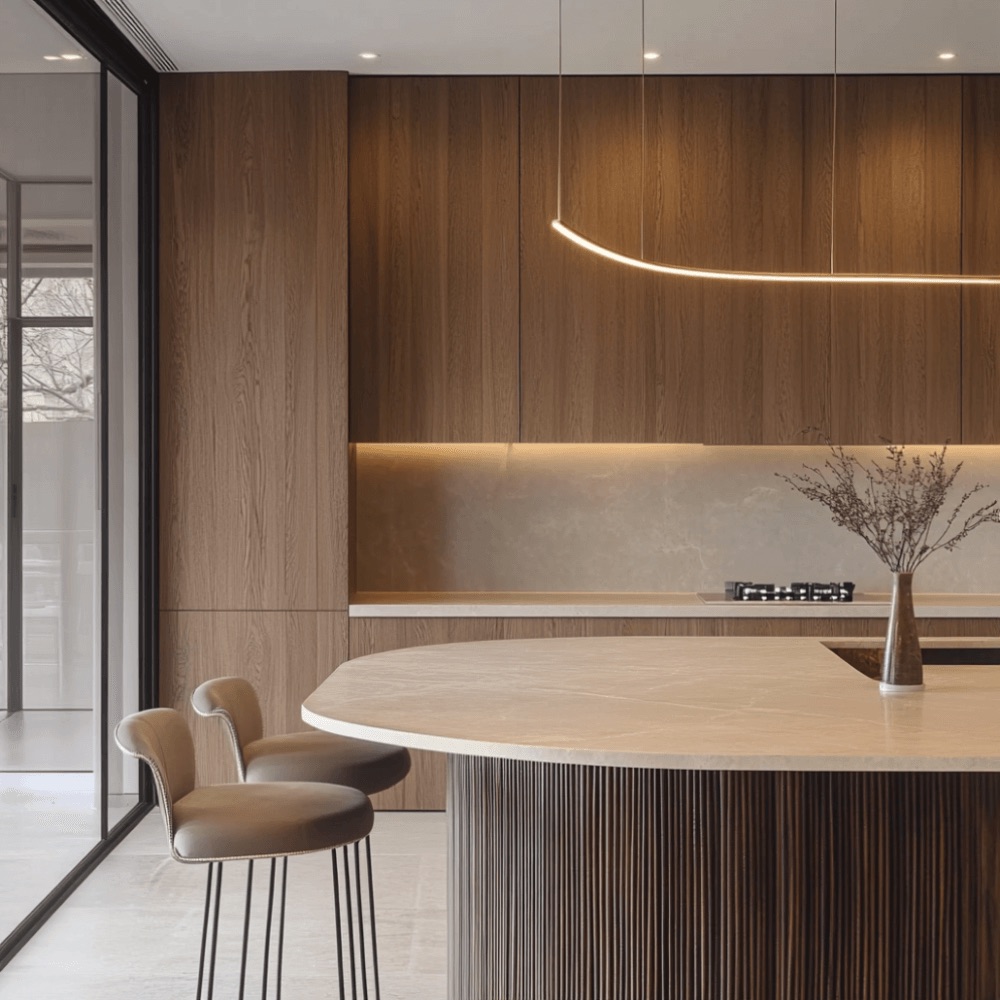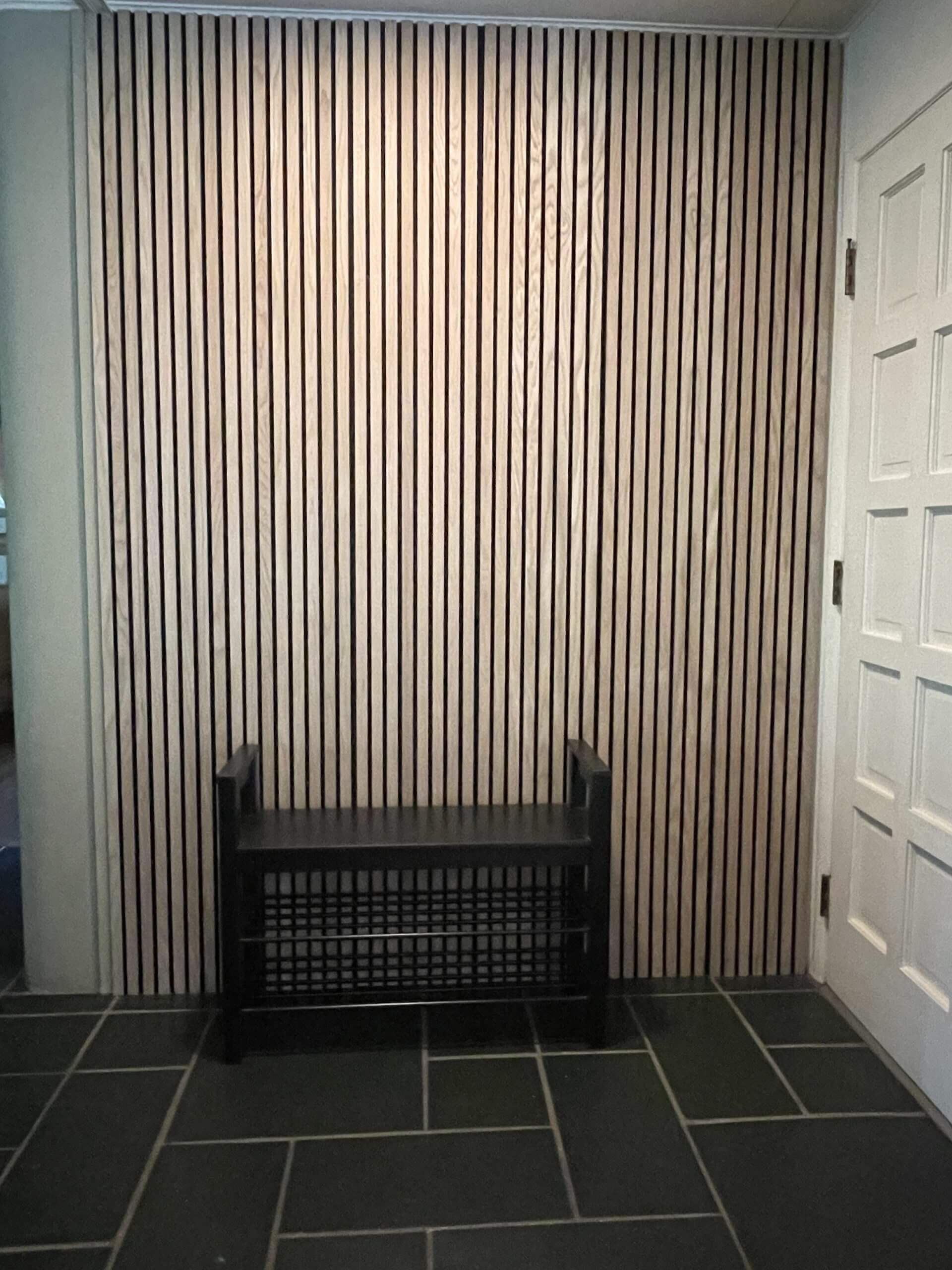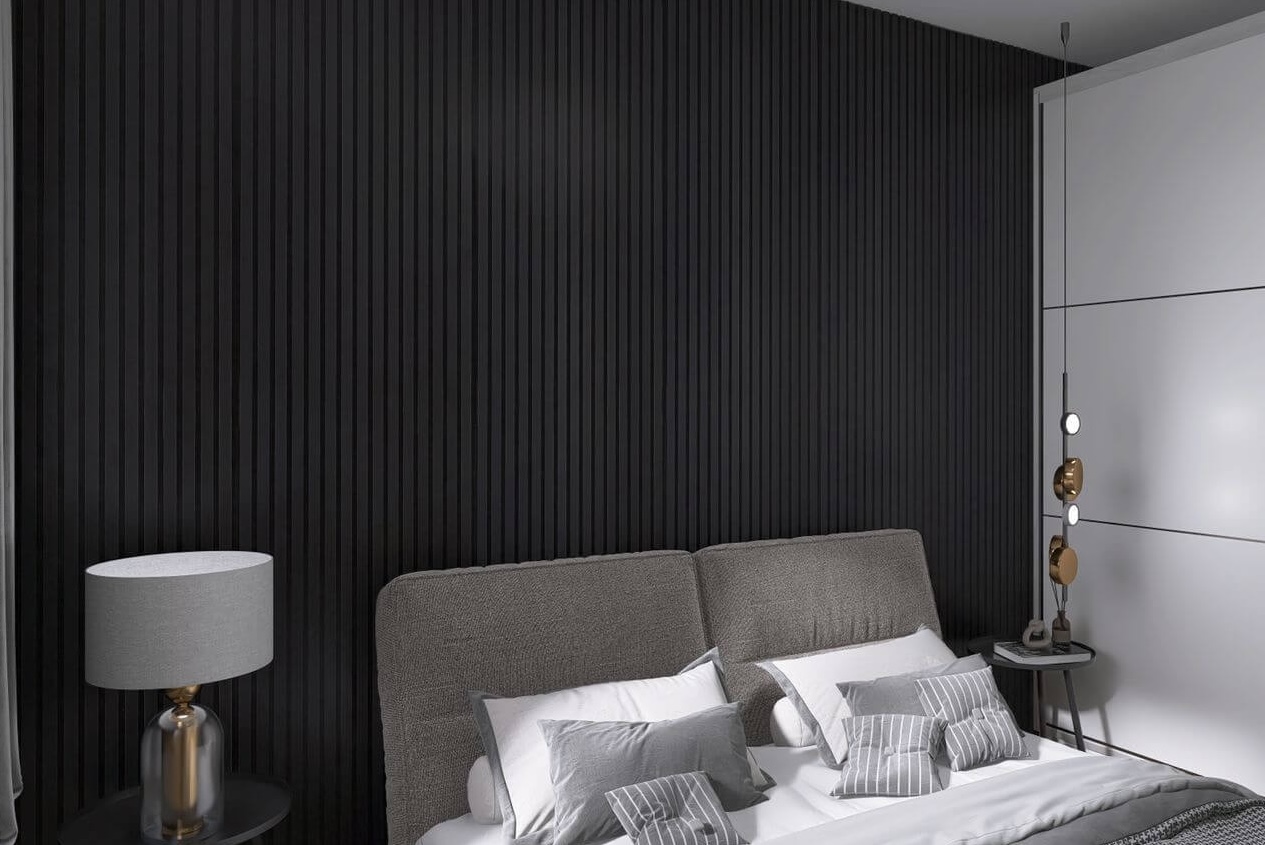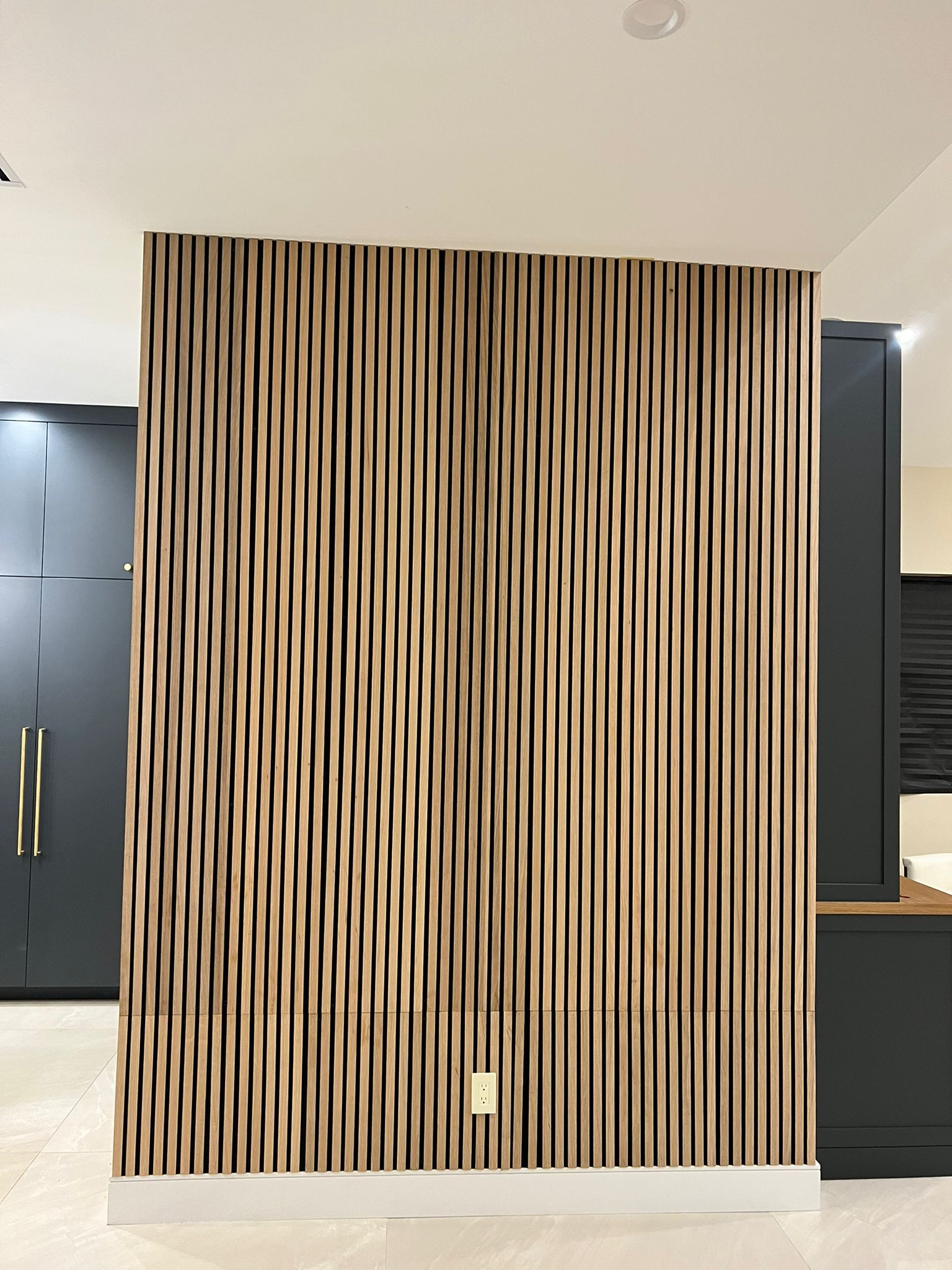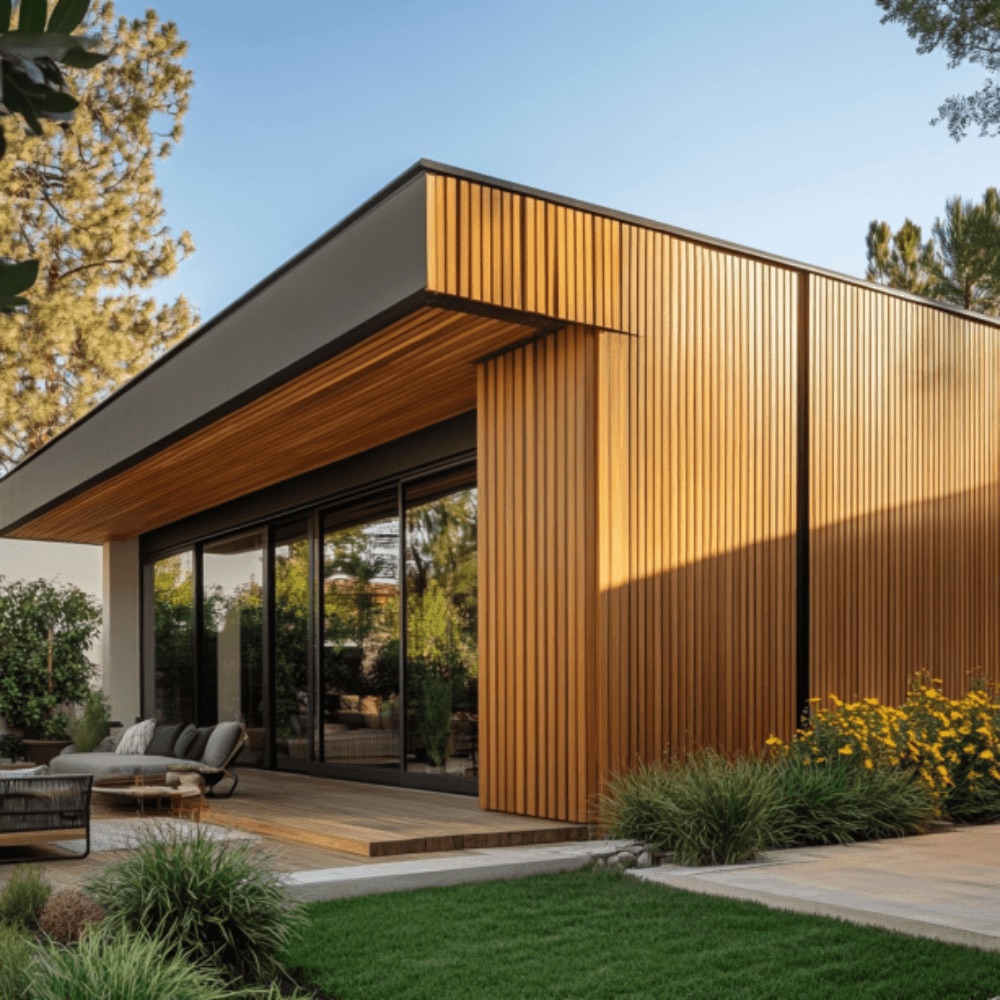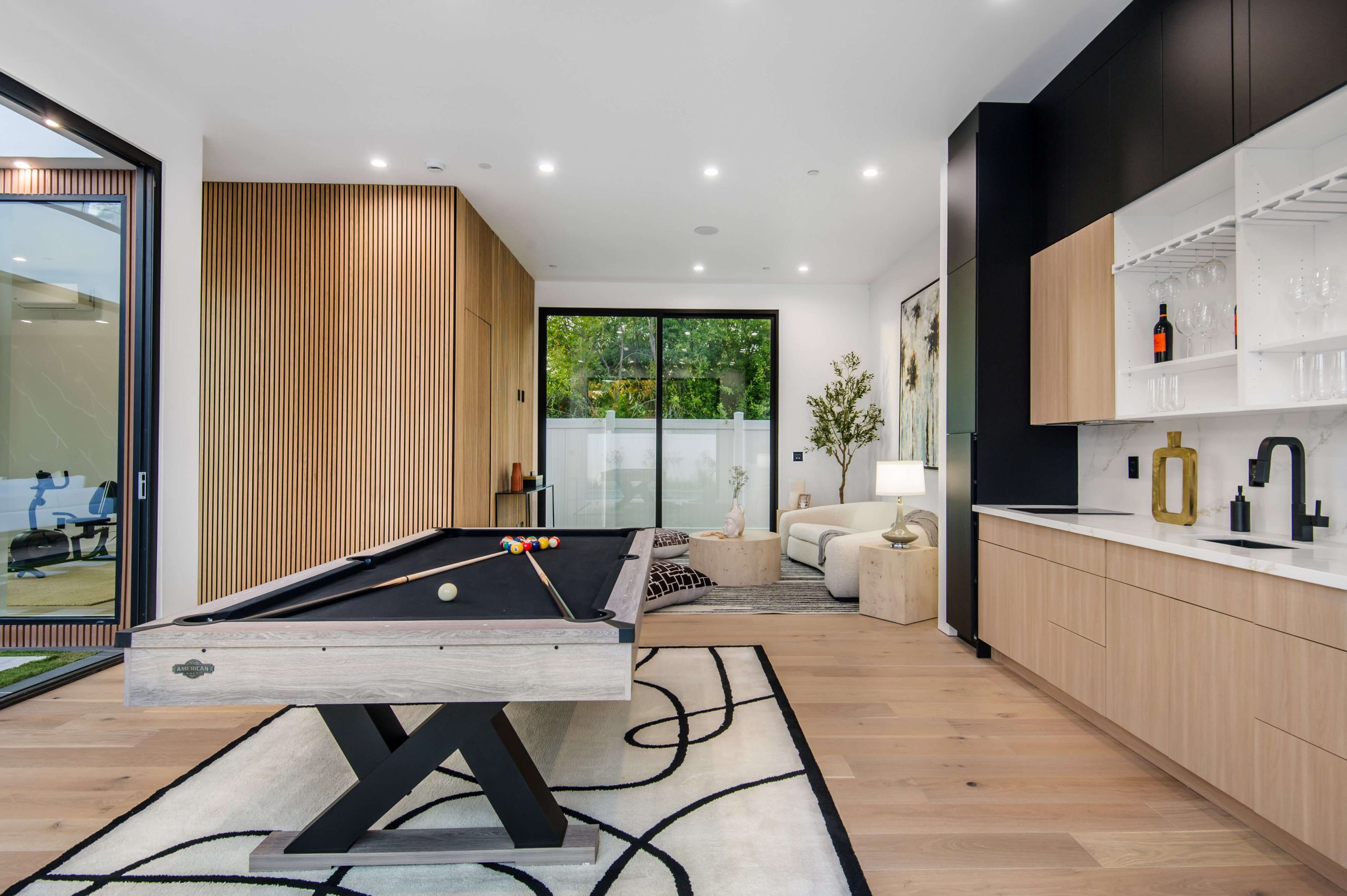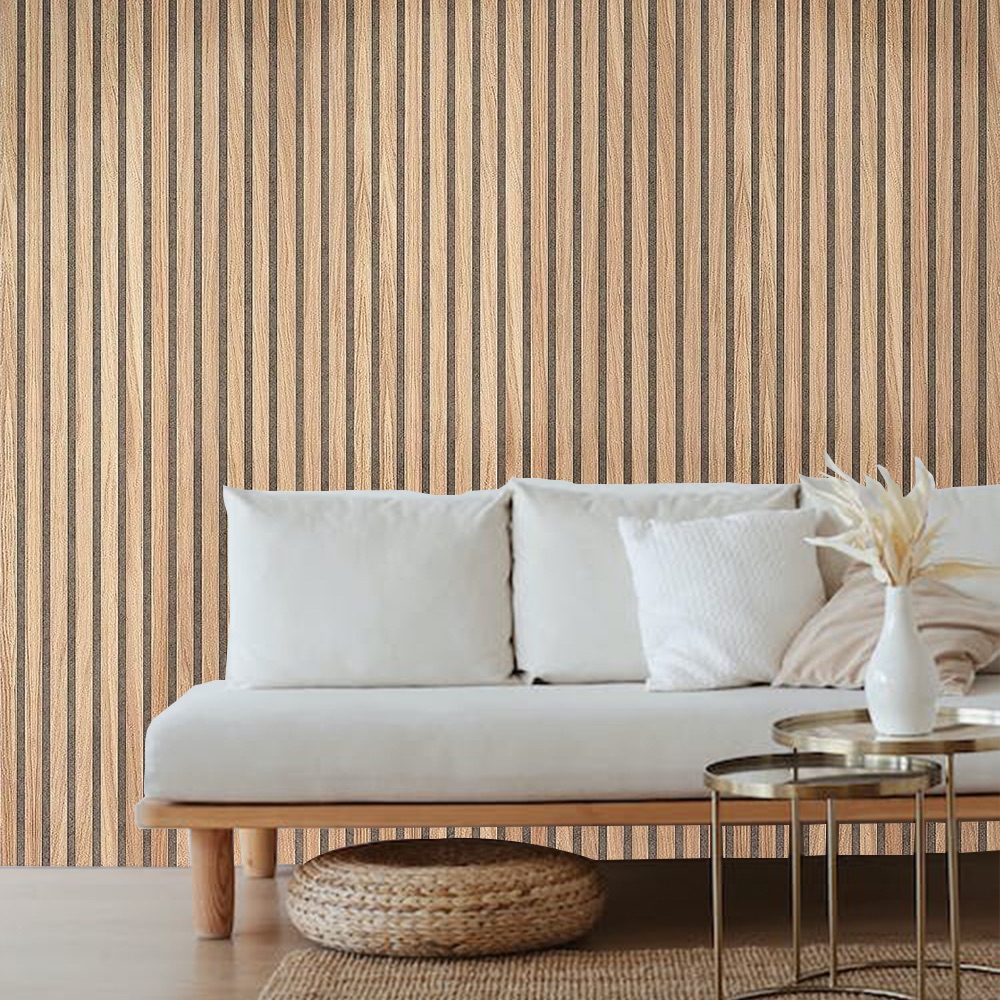Wood panels have always been admired for their natural charm and timeless appeal, but today, they’re gaining a whole new level of recognition in the world of interior design. Whether you’re a homeowner looking to refresh your space or a professional designer searching for innovative materials, it’s clear that wood panels are the future of creating stylish, functional, and sustainable interiors. Their ability to combine beauty, versatility, and eco-friendliness makes them the ultimate design solution.
Let’s explore why wood panels are setting the stage for the future of interior design and why they’re worth considering for your next project.
Table of Contents
The Natural Aesthetic Advantage
One of the most striking reasons wood panels are the future of interior design is their ability to bring nature indoors. The organic textures and earthy tones of wood panels create a warm and inviting atmosphere that no other material can replicate. From rustic charm to modern minimalism, wood panels complement virtually any design style.
In fact, wood panels are often used as statement pieces to highlight feature walls. Imagine walking into a living room with a rich walnut panel accent wall or a cosy bedroom with pine wood panels that exude warmth. These elements don’t just make a space look beautiful; they also evoke a sense of comfort and harmony.
Key benefits of wood panels for aesthetics:
- Add depth and character to walls.
- Enhance natural lighting by reflecting warm tones.
- Create a cohesive look when paired with other natural materials like stone or leather.
Unmatched Versatility for Any Space
When it comes to design flexibility, wood panels are the future because they can adapt to virtually any space and purpose. Whether you’re revamping a small home office, upgrading a kitchen, or designing a luxurious hotel lobby, wood panels fit the bill perfectly.
These panels are available in an array of styles, finishes, and sizes, giving designers endless options to match specific needs. For example:
- Shiplap panels bring a clean and coastal vibe.
- Reclaimed wood panels offer a rustic, vintage charm.
- 3D textured panels create a bold, modern look.
Additionally, wood panels aren’t limited to walls—they can be used for ceilings, cabinetry, and even furniture. This versatility makes them an ideal choice for creating cohesive and unified spaces.
Eco-Friendly and Sustainable Design
Sustainability is a top priority in modern interior design, and that’s another reason wood panels are the future. Many wood panel manufacturers now prioritize eco-friendly practices by sourcing materials responsibly and offering panels made from reclaimed or engineered wood.
Here’s how wood panels support sustainability:
- They reduce the need for synthetic materials like plastic or vinyl.
- Reclaimed wood panels give new life to old timber, reducing waste.
- Properly maintained wood panels can last decades, making them a durable choice.
By choosing wood panels, you’re not just improving your home’s aesthetic—you’re also making a conscious effort to reduce your environmental footprint.
Easy Installation and Maintenance
In today’s fast-paced world, convenience matters. Homeowners and professionals alike appreciate that wood panels are the future because they’re easy to install and maintain. Many panels come with user-friendly designs, such as tongue-and-groove systems, that allow for quick installation.
For maintenance, wood panels require little effort to keep looking their best. Regular dusting and occasional polishing are usually all it takes. Plus, if a panel gets damaged, it’s often possible to repair or replace just the affected section rather than redoing an entire wall.
Acoustics and Insulation
Functionality is just as important as appearance, and wood panels deliver on both fronts. Their natural properties make them excellent for improving a room’s acoustics and insulation.
- Acoustic benefits: Wood panels absorb sound, reducing echoes and creating a more pleasant environment for living rooms, home theatres, or offices.
- Insulation advantages: Wood panels help regulate indoor temperatures by acting as a barrier against heat loss in winter and excessive heat in summer.
These qualities make wood panels a practical choice for spaces where comfort and functionality are a priority.
Trending in Modern Design
Design trends constantly evolve, but some materials remain timeless. Today’s top interior designers agree that wood panels are the future because they align perfectly with current design movements.
Here are some modern trends where wood panels shine:
- Biophilic design: Emphasizing connections to nature, wood panels create a sense of serenity indoors.
- Minimalism: Simple, clean wood panels with light finishes suit minimalist spaces perfectly.
- Mixed textures: Combining wood panels with metals or textiles adds depth and visual interest to rooms.
These trends ensure that wood panels aren’t just a passing fad—they’re here to stay.
Visual Elements to Enhance Understanding
- Unordered List: Key Benefits of Wood Panels
- Timeless aesthetic appeal.
- Eco-friendly and sustainable.
- Versatile design applications.
- Acoustical and insulating properties.
- Easy to install and maintain.
- Comparing Panel Types
| Panel Type | Best For | Style Impact |
|---|---|---|
| Shiplap Panels | Coastal or farmhouse looks | Clean and crisp lines |
| Reclaimed Wood Panels | Rustic and vintage designs | Warm and textured |
| 3D Textured Panels | Modern, bold interiors | Dynamic and artistic |
- Sustainable Wood Panel Life Cycle
- Sourcing from responsibly managed forests or reclaimed wood.
- Manufacturing with minimal waste and eco-friendly processes.
- Long-lasting use in interiors.
- Reuse or recycling at end of life.
FAQ
1. Are wood panels expensive to install?
Not necessarily! While high-end wood panels can be pricey, there are plenty of budget-friendly options available. Plus, their durability makes them a cost-effective choice in the long run.
2. Can wood panels be used in bathrooms?
Yes, as long as they’re treated to resist moisture. Look for panels specifically designed for high-humidity areas.
3. How do I maintain wood panels?
Dust regularly and polish occasionally to keep them looking fresh. Avoid using harsh chemicals that could damage the finish.
4. Are wood panels environmentally friendly?
Absolutely! Many wood panels are made from sustainable or reclaimed materials, making them a green choice for interiors.
5. Do wood panels help with noise reduction?
Yes, wood panels absorb sound, making them a great option for reducing noise in busy households or workspaces.
With their aesthetic appeal, versatility, and eco-friendliness, wood panels are the future of interior design. Whether you’re revamping a single room or embarking on a full-scale renovation, wood panels offer the perfect balance of form and function. Now’s the time to embrace this timeless yet modern material and elevate your interiors.

